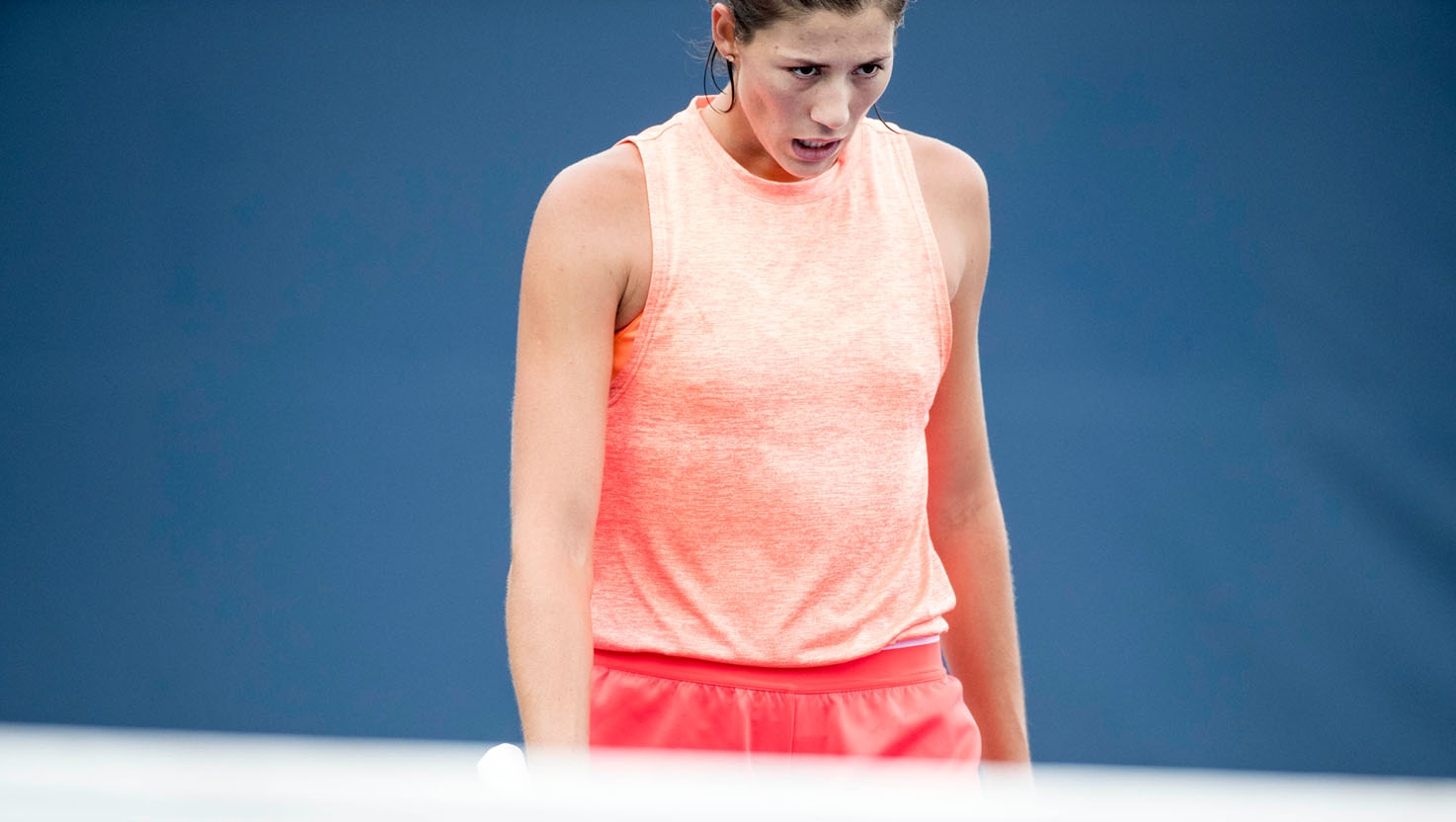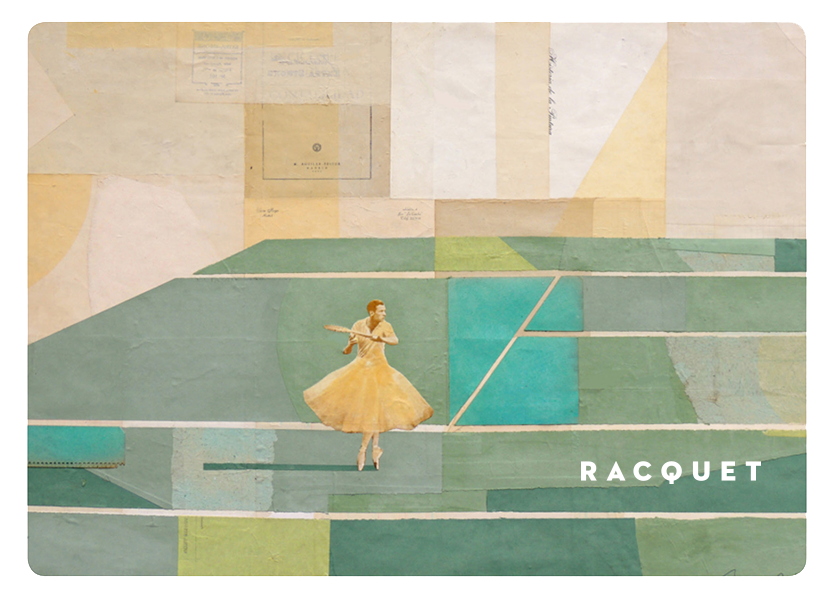By Giri Nathan
Garbiñe Muguruza was the only one in Melbourne to go punch-for-punch with Naomi Osaka. As it would turn out, she’d be the only one to take more than four games off her in a set. It was one of those fourth-round matches that has all the weight and quality of an effective final—aren’t these somehow always the emotional high points of every Slam?—and despite Muguruza finding two match points at 5–3 in the third, Osaka erased both and popped off four straight games to advance. Fortunately, that was not a momentum killer. Muguruza had been rolling heading into the Australian Open, continued to roll afterward, and may well be the steadiest woman in tennis since the restart, given her 25–7 record since the US Open. And after losing two finals already this year, she sewed up the third, beating Barbora Krejcikova in Dubai on Sunday, 7–6(6), 6–3.
That was her first title in two years. The numbers get surprising upon closer inspection: Before last weekend, Garbiñe Muguruza had two major titles, but only five other singles titles at any level. Which is kind of a funky stat for a player who finished inside the top three in two seasons, showed the versatility to win Slams on both grass and clay, ended seasons with incredible 68% and 69% win percentages, and has generally been a dominant force in the WTA. But to get the hardware you’ve gotta get all those wins in a row. And that kind of consistency across (or even within) weeks has eluded Garbiñe for some time now, for all her undeniable talents. The slippage began in 2018, when she fell out of the top 10. Then 2019 was the first season in six years where she failed to advance to a major quarterfinal, and it also saw her split with her coach Sam Sumyk (her costar in many a skin-crawlingly tense changeover) and climb Mount Kilimanjaro right after she ended her season at No. 36 in the world. She eventually got back together with Conchita Martinez, former Wimbledon champ and fellow Spaniard, recently seen in her player’s box in Doha via a cleverly rigged smartphone after a positive COVID-19 test kept her from showing up in person.

It’d be reductive to pin everything on this, but sometimes good things happen once you shift over to a coach who will not storm from an on-court coaching sesh muttering, “Fuck you.” That elusive consistency is well within Garbiñe’s grasp at the moment. And when her game is clicking, it’s hard to see how she ever loses: big booming ground strokes into big targets, incrementally stealing more and more time from the opponent. Add in great reach and execution at the net, and a shocking 48% of return games won this season, and duh, it works. It’s high-pace, high-percentage tennis, importable to any court conditions. Lately lots of top foes have met their fate this way. She beat Aryna Sabalenka twice in as many weeks. French Open champ Iga Swiatek, coming off great form and an Adelaide title, got pummeled 0 and 4 in Dubai. Elise Mertens lost a fun one in straights. Muguruza is now second only to Naomi Osaka in points this season, and only the COVID-19 rankings freeze is keeping her hovering outside the top 10, at No. 13. She’s looking a lot like the all-surface threat she was for the better part of a decade, and given that there are three Slams to go, I’d bet on her getting very, very close to at least one of them.
Above: Garbiñe in Toronto, 2017 by Christopher Wahl
Buy Now
Racquet Gift Subscription

Looking for a stylish gift? Why not give Racquet, where culture and the courts collide? Starting with Issue No. 15, this gift certificate is good for a 4-issue subscription to our award-winning magazine.


